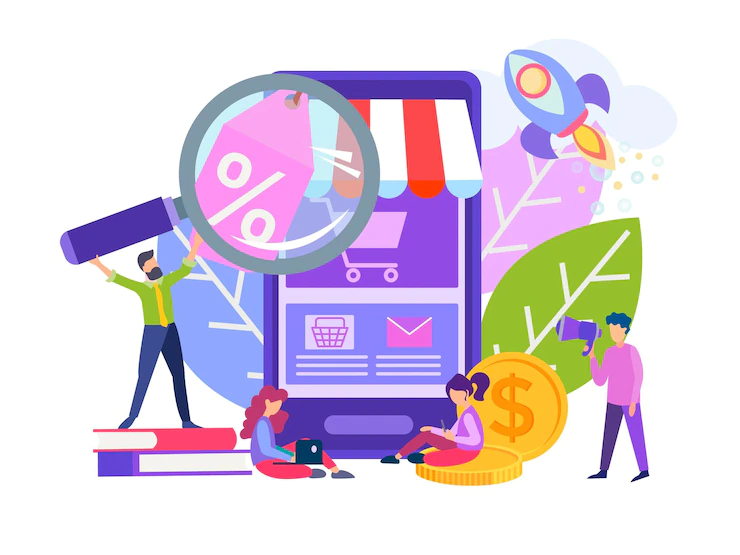Project Report For Online Shopping Cart Application
Introduction
Project report for online shopping cart application is as follows.
E-commerce, often known as electronic commerce, is the exchange of goods and services as well as the sending of money and data through an electronic network, most commonly the internet. These business dealings can be either B2B (business-to-business), B2C (business-to-consumer), C2C (consumer-to-consumer), or C2B.
Smart phones and easy access to the Internet have made all types of markets easily accessible. Customers may simply find almost any kind of goods and services with excellent deals on various smartphone applications. E-Cart software can assist vendors in increasing their market share, sales, and consequently revenues.
Additionally, a well-designed and deployed E-cart app with the required capabilities will assist a business owner in managing inventory, sales, services, and customer after-sales support.

Through online cart applications, users will have access to a variety of goods that they may personalise, order, and have delivered to their door. It may also offer an extra feature that can generate income for the E-cart platform service provider in the form of marketplace fees if merchants desire to sell their goods on this platform, whether they be electronics, kitchen supplements, sports gear, or home décor items.
One of the key applications will be a marketplace where buyers and sellers may interact, as well as a range of tools for tracking and managing inventories, forecasting future sales, and marketing and advertising.
Project Report Sample On Online
Shopping Cart Application
Get Completely Custom Bankable Project Report
E-commerce is quickly becoming a recognized and utilized business paradigm. More and more companies are putting in place websites with capability for conducting business transactions online. Online shopping is getting more and more common, it can be said. Online shopping system project report.
The goal of this project is to create a general-purpose internet store where any goods (such as books, CDs, computers, mobile phones, electronics, and home appliances) may be purchased while lounging at home.
Market Potential Of Online Shopping Cart Application
The Indian e-commerce market had a 2021 value of INR 6,210.96 Bn. It is expected to have increased at a compound annual growth rate (CAGR) of 26.71% by the end of 2027, when its estimated value would be INR 26,459.18 Bn.
Expenses

Product Cost Breakup

Reveneue Vs Expenses

Market Trend

Technology is becoming more widely accepted, which makes the e-commerce industry more effective and accessible. The expansion of the middle class and the widespread use of social media are also escalating the demand for online sales of a variety of goods and services, which is helping the Business to Consumer (B2C) segment flourish.
The way individuals market and purchase goods and services has changed as a result of the internet. Customers’ purchasing experiences are altering as a result of e-commerce or internet retail. Banks and other participants in the e-commerce sector provide simple payment gateway use on a safe and secure online platform. In order to allow sellers and buyers to conduct business online, market players are concentrating on specialised adjustments to their business models.
Service Process Outline of Online Shopping Cart Application
The E-Cart application will manage several product categories, a large number of transactions, frequent customer traffic, real-time product availability information, and a high level of security, it necessitates extensive pre-development analysis and design. There should be a heavy emphasis on:
1. Technologies 2. Set of Application 3. Operational Requirements
The choice of the most recent and effective technologies is crucial because technology is constantly changing. The list goes on and on. The hosting facility, which offers a variety of cloud-based services and may require less investment, is the following stage.
Application features for administrators, consumers, and sellers need to be carefully built since they will facilitate and improve the job of business owners and managers. Additionally, a more user-friendly interface would draw customers in more.
To reduce unnecessary overheads, operational requirements including order tracking, payment gateway integration, delivery and courier management, task delegation, and live notifications will be implemented with a more comfortable and effective interface and back-end.

